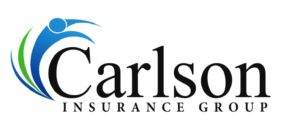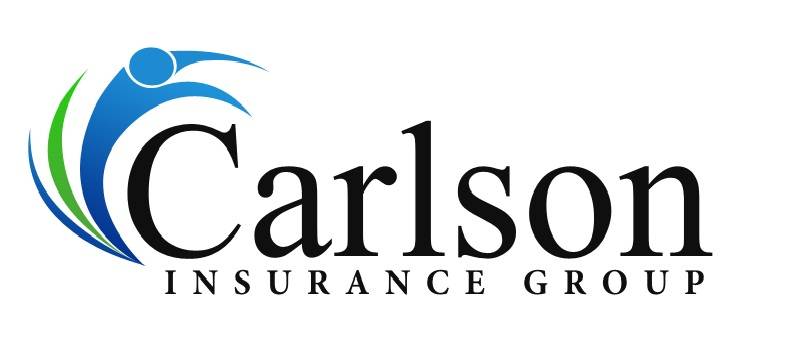The auto insurance market is currently facing numerous challenges, resulting in sharp increases in premiums for consumers. Recent estimates suggest that the average cost of an auto insurance policy is set to rise by 8.4% in 2023 – the highest increase in six years.
So, what’s behind these premium hikes? One significant factor is the growing impact of severe weather conditions. With incidents like flooding, hailstorms, tornadoes, and wildfires becoming more frequent, insurance claims are on the rise. This, in turn, affects premiums for all policyholders.
But it’s not just the weather that is driving up costs. The auto insurance industry is grappling with a severe labor shortage and an increase in car repair costs. The high demand for repairs, coupled with a scarcity of skilled labor and auto parts, has contributed to the overall increase in expenses.
However, there are ways to reduce your auto insurance premiums. One effective strategy is to bundle multiple insurance policies with the same company. By combining your home and auto insurance, you can save an average of 16% on premium costs. Another option is to consider a low-mileage policy. Depending on your insurer, the number of miles you drive each year can impact your rates. Exploring a usage-based car insurance policy may help lower your monthly costs.
We hope you find these tips helpful in navigating the changing landscape of the auto insurance industry. If you have any further questions, please don’t hesitate to reach out.
Importance of Auto Insurance
Auto insurance is of utmost importance in today’s dynamic world. It provides financial protection in case of accidents and helps cover the costs of vehicle repairs, medical expenses, and liability claims. However, in recent times, the auto insurance industry has experienced sharp increases in premiums, creating a burden for consumers. Understanding the factors behind these premium hikes is essential in navigating the changing landscape of the auto insurance industry. By exploring strategies such as bundling policies and opting for low-mileage coverage, individuals can potentially lower their premiums and find financial relief in an ever-evolving market.
Rising Costs of Auto Insurance Premiums
The auto insurance industry is facing a challenging landscape, leading to significant increases in premiums for policyholders. Estimates suggest that the average cost of an auto insurance policy is expected to rise by 8.4% in 2023, the highest increase in six years. Several factors contribute to these rising costs. Firstly, severe weather conditions such as flooding, hailstorms, tornadoes, and wildfires are increasing insurance claims. Additionally, there is a labor shortage in the industry, along with a surge in car repair costs. However, policyholders can still find ways to reduce their premiums, such as bundling insurance policies or opting for low-mileage plans.
Assessing Your Current Coverage
When it comes to navigating the changing landscape of the auto insurance industry, one crucial step is assessing your current coverage. Take the time to understand your current auto insurance policy and evaluate whether it adequately meets your needs. Consider factors such as coverage limits, deductibles, and additional features. By assessing your coverage, you can identify any gaps or areas where you may be overpaying. This professional approach allows you to make informed decisions about your auto insurance and ensure that you have the appropriate coverage while potentially saving money on premiums.
Maintaining a Good Driving Record
Maintaining a stellar driving record is the golden key to unlocking reduced premiums on your auto insurance. When you consistently adhere to safe and responsible driving practices, insurance companies reward you with lower rates. By obeying traffic laws, avoiding accidents, and steering clear of traffic violations, you showcase your commitment to road safety. This not only keeps you and others out of harm’s way but also demonstrates to insurers that you’re a low-risk driver. Over time, this dedication to safe driving translates into substantial savings, ensuring that your auto insurance remains affordable and providing peace of mind on the open road.
Opting for Higher Deductibles
Opting for higher deductibles in your insurance policy can be a savvy financial move. By choosing to pay a larger portion of the initial claim amount out of pocket, you can often enjoy lower monthly premiums. While this may mean a more significant immediate expense in the event of an accident or claim, it can lead to substantial long-term savings. Higher deductibles encourage responsible driving and a greater emphasis on accident prevention, as you’re more financially invested in avoiding mishaps. This strategy can be especially beneficial for safe drivers who want to reduce their overall insurance costs while still maintaining adequate coverage for unexpected situations.
Considering Usage-Based Insurance
Considering usage-based insurance (UBI) is a smart choice for drivers seeking a personalized and potentially cost-effective approach to auto coverage. UBI leverages telematics technology to monitor your driving habits, rewarding safe behaviors with reduced premiums. By installing a tracking device or using a mobile app, your insurer can analyze data such as speed, mileage, and braking patterns to determine your risk profile accurately. This data-driven approach allows you to have a more tailored policy that aligns with your actual driving habits. It’s an opportunity to save money by demonstrating responsible driving, making it a viable option for those who want their insurance costs to reflect their on-road behavior.
Bundling Insurance Policies
Bundling insurance policies is a wise financial strategy that can lead to substantial savings and simplified management of your coverage. When you bundle multiple insurance policies, such as auto, home, and even life insurance, with the same provider, you often become eligible for significant discounts. This consolidation not only reduces your overall insurance costs but also streamlines your paperwork and billing. By centralizing your insurance needs, you gain convenience and potentially unlock loyalty discounts from the insurer. Bundling not only saves you money but also offers peace of mind, knowing that your various insurance needs are coordinated and efficiently handled by a single trusted provider.
Conclusion
In conclusion, the auto insurance industry is experiencing significant changes, leading to premium increases for consumers. Factors such as severe weather conditions, a labor shortage, and rising car repair costs contribute to these hikes. However, there are ways to navigate this changing landscape and reduce premiums. Bundling multiple insurance policies with the same company can save you an average of 16% on costs. Additionally, opting for a low-mileage policy or exploring a usage-based car insurance policy may help lower your monthly expenses. By taking advantage of these strategies, you can better manage your auto insurance premiums in the face of industry-wide changes.






